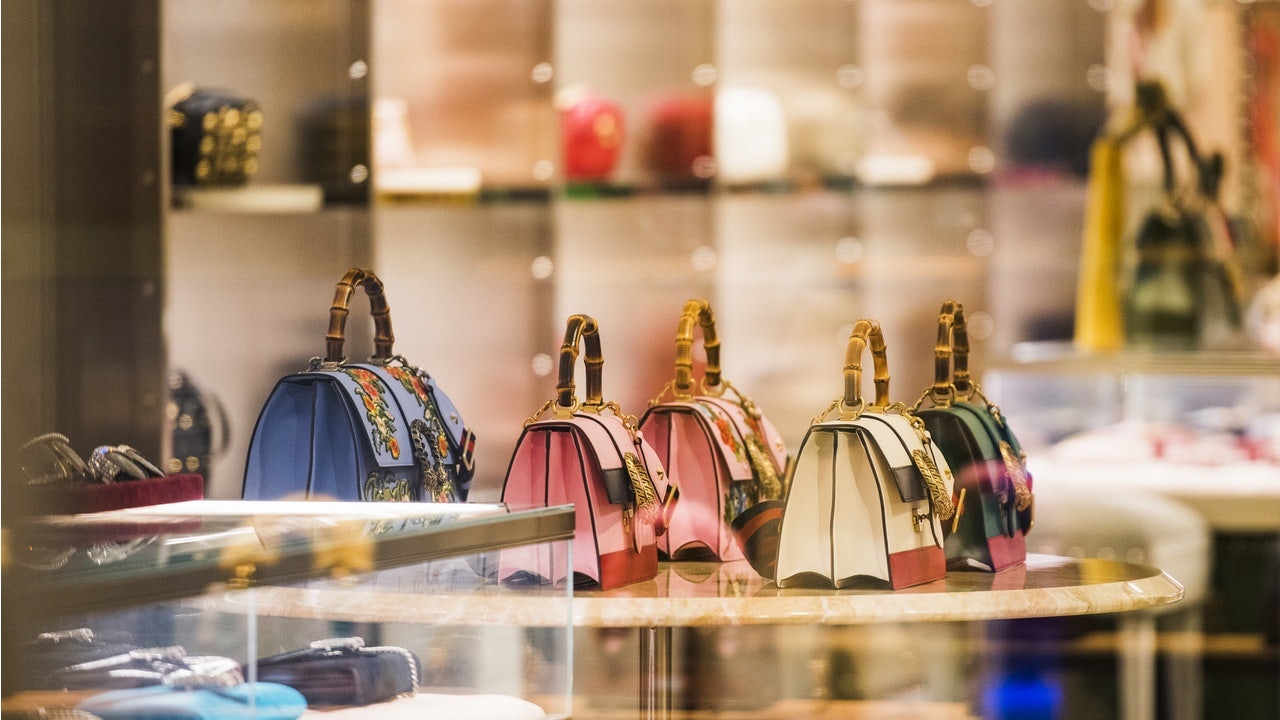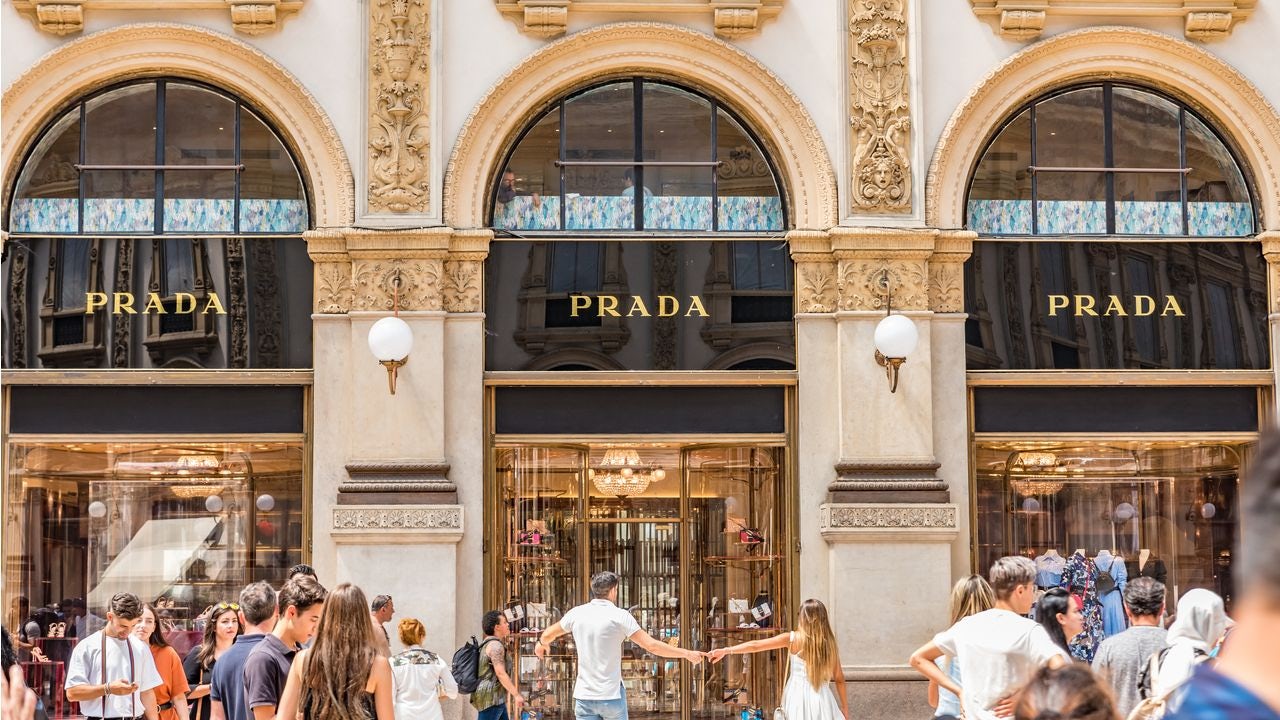The leading luxury houses like Kering, LVMH, Chanel, Richemont, and Hermès have seen very strong financial results lately. But luxury's mom-and-pops are performing differently.
The pandemic has been an accelerator in the world of luxury across several dimensions. And while only a few brands publish their numbers, chatter behind the scenes reveals many smaller brands have come upon significant financial troubles, many self-inflicted.
When analyzing these underperforming brands, the same themes recur: too much focus on internal matters and managing the brands from a manufacturing perspective. That results in myopia when it comes to consumers, trends, preference shifts, and consumer connection.
One of my most vivid memories over the past two years comes from an ultra-luxury food brand I visited two years ago in Europe, just a few months before the pandemic started. The brand owner refused to pivot to a more consumer-centric approach to create desirability and went out of business when consumption patterns changed. That is because the brand didn't have tools in place for sensing these changes early enough — nor did it have a consumer community to serve digitally.
Strategic mistakes come at a high cost. One of them is the lack of brand differentiation that hits many brands hard. What I hear often is: “We play it safe and follow market trends.” But that is the safest way to go out of business. Customers expect luxury brands to be influential and inspiring. As such, a bold and differentiating approach that delights consumers with new, creative, and original ideas is a prerequisite for luxury success.
And when brands do fundamentally the same thing as their competitors, they don’t generate enough desirability to price for the value they create. Even worse, the mantra persists in many companies that promotion is the only way to stay in business. What promoting luxury brands underestimate is how each promotion is like a small wound, weakening brand equity by nearly begging loyal customers to not buy at full price ever again. The final result is massive profit erosion. Luxury brand promotions are like death by thousand cuts: long and painful but inevitable.
Another strategic mistake is to run a luxury business in China with the same principles as businesses in the US or Europe. According to Équité’s market monitoring, this leads a large percentage of luxury brands to lose money or never recoup their cumulative losses in China. As local social networks and digital platforms become the predominant retail platforms (now at a digital share of almost 50 percent in China), losing momentum versus the leading brands will throw already disadvantaged players into an uncertain future.
Today, much more strategy and a change in execution are needed to manage luxury brand finances. Brands need to pivot their focus away from the product and toward a holistic brand experience, from being a manufacturer to being an extreme value creator, from acting as a follower to acting as an influencer, and from working on promoting to working on brand equity building. “Easy growth” is death by a thousand cuts in disguise. Don’t take that route.


